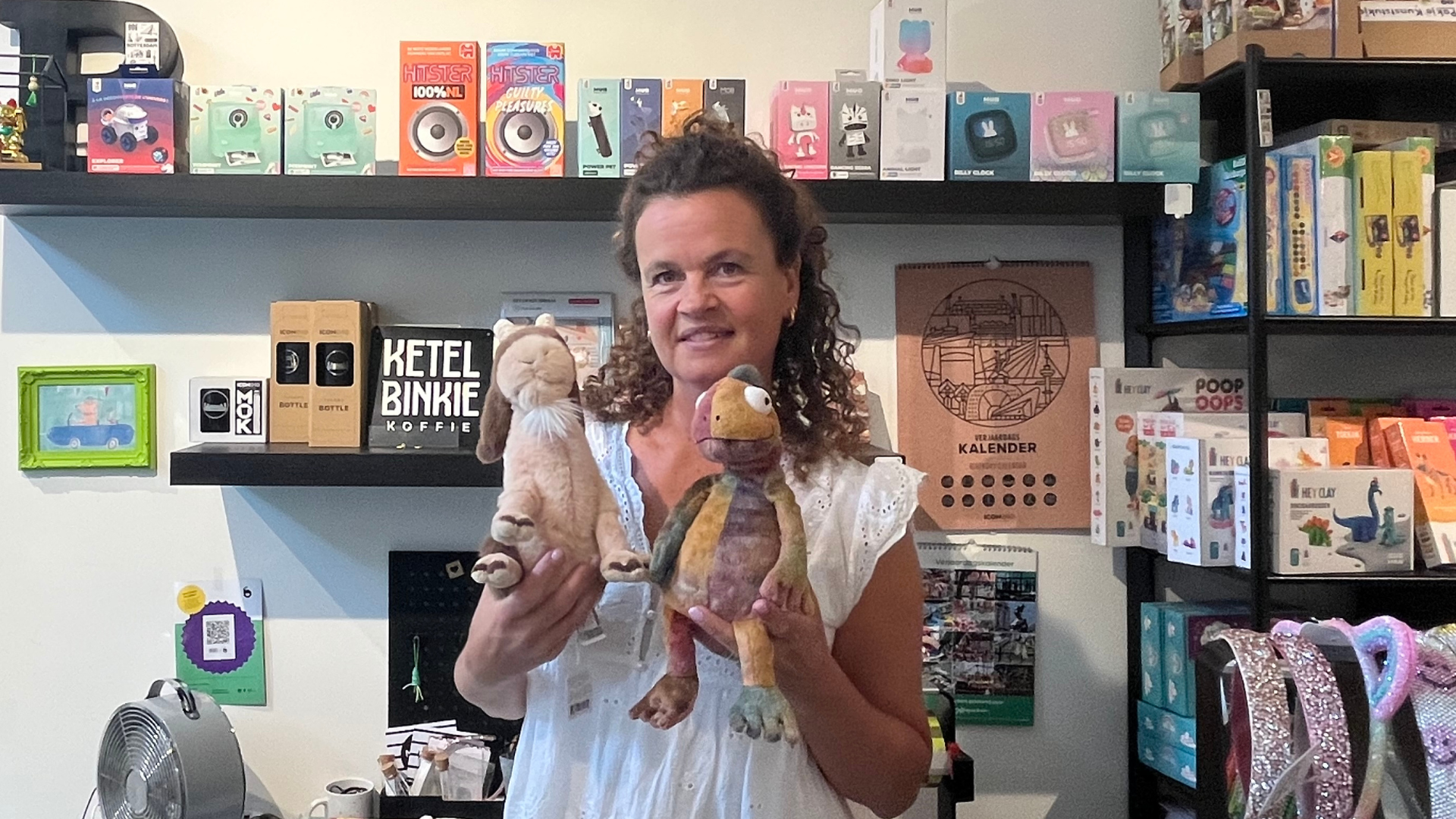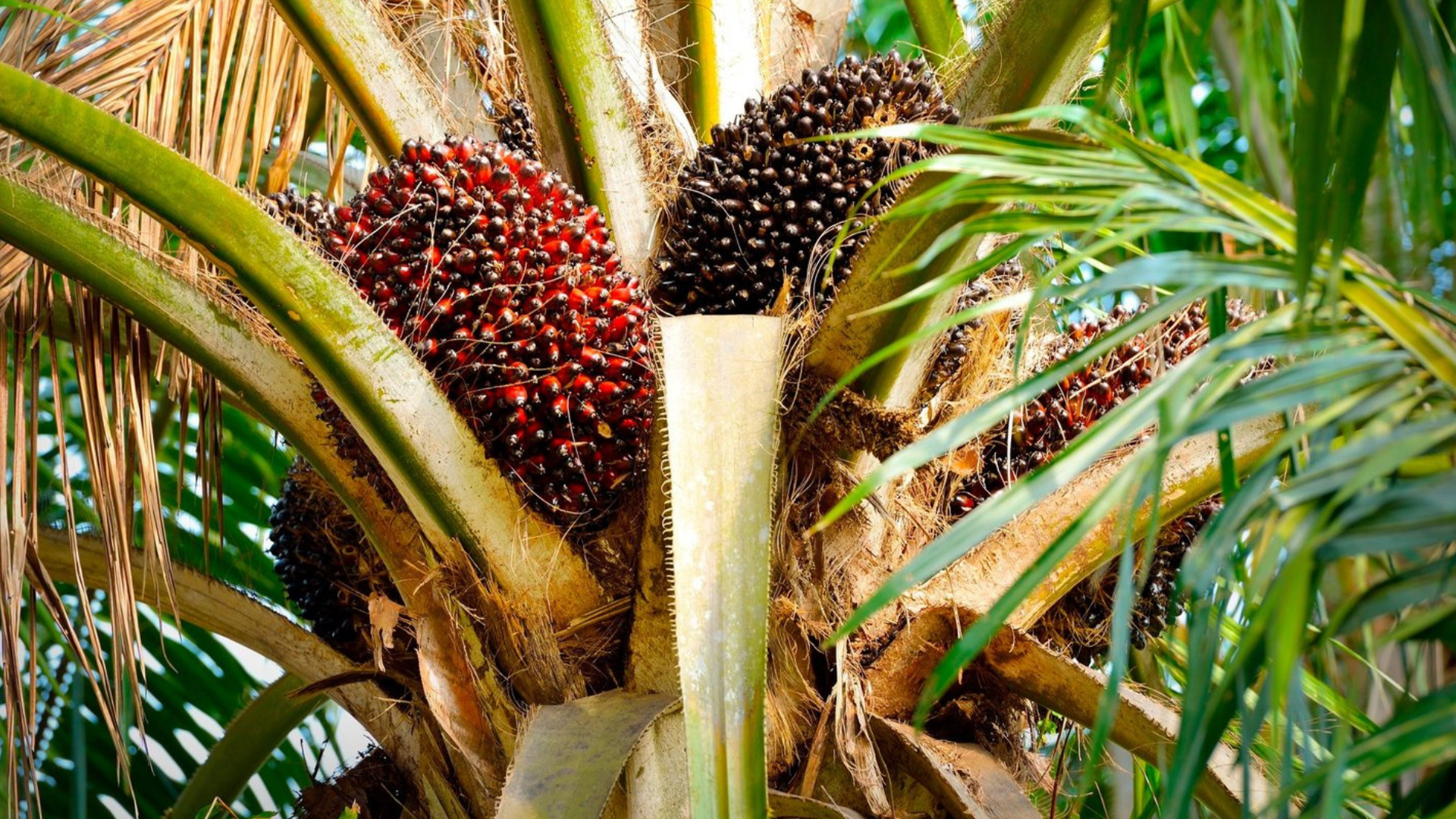Would you like to reap the benefits of composting vegetable, fruit and garden waste at home? Then read on quickly! In this article we explain why more and more people are making the choice to do this, and how you can start composting at home yourself.
Only half of the organic waste is currently handed in separately. A shame, because your peels, sticks and food scraps can easily be reused and turned into compost or biogas.
For this to be possible, however, you must store your organic waste separately in a designated container. There are a number of drawbacks to this. For example, the separate container in which you store this waste takes up space in your house and you have to empty it again and again in the organic waste bin.
For these reasons, composting at home is becoming increasingly popular. In this article we will list the benefits of this practice for you, and we discuss the different ways in which you can go about this.
What is composting?
Organic waste such as vegetables, fruit peels, grass clippings, leaves and prunings can easily be processed by composting. This means that this waste is broken down by micro-organisms (bacteria, fungi and small insects) into carbon dioxide – another name for compost. To carry out this process, the micro-organisms only need oxygen, although a relatively high degree of humidity and a sufficiently high temperature contribute to a smooth process.
The final product, compost, is a soil improver that smells like forest soil – not to be confused with manure. Compost contains many nutrients and improves the soil structure. Compost stores water and also ensures that the soil remains airy. This ensures that crops grow well.
You may think that you need a spacious garden to be able to compost yourself, but fortunately this is not the case. You can even compost on your balcony! You can read how this works in this article.
The 4 benefits of composting at home
- Save on waste fees
If you pay the municipality per kilo of residual waste, your wallet will be happy with your choice to compost at home. Since the prices of waste processing continue to rise, you will be a lot better off if you are able to reduce your waste production.
- Save space at home
If you are currently storing your organic waste to hand it in separately, you will save space in your home when you choose to compost at home. After all, you no longer need a designated container for organic waste in the kitchen.
Since a lack of storage space is a common complaint among homeowners, it is likely that you can make good use of this extra space.
- Free soil improver for your garden and potted plants
If you decide to compost at home, you will of course benefit from the end product yourself. Compost is a raw material that consists of vegetable residues. You can use this to grow the plants in your garden or on your balcony. However, house plants can also benefit from the nutrients in the compost.
- A positive contribution to the environment
Last but not least: by composting at home you make a positive contribution to the environment. If you currently do not (rigorously) separate your organic waste, making this choice leads to a reduced production of residual waste. When this waste is incinerated, a lot of greenhouse gases are emitted. Naturally, we want to avoid this. But even if you already separate your organic waste, it is more environmentally friendly to switch to home composting. In this case, you avoid that waste companies have to collect and process your organic waste.
Composting at home: how do I do it?
Have you already become enthusiastic? Then get started quickly with the tips below!
1. Choose the right composting system
There exist different systems for composting at home.
- Compost heap
A compost heap is what most people think of when someone refers to composting at home. This is an open container of several square meters, in which you store your organic waste. One condition is that the heap must be at least 1.5 meters long, wide and high before the composting process starts and the heap collapses. You don’t necessarily have to cover the bottom of your compost heap, but if you prefer to do so, you can use wood or tiles.
- Compost barrel for in the garden
If you have less space available, you can opt for a compost barrel. This is a barrel made of wood or plastic, in which you store your organic waste. To purchase a compost barrel, visit the nearest garden center.
- Compost barrel for inside or on the balcony
Don’t you have a garden? No worries! There are also smaller compost barrels that you can place in the kitchen or on your balcony. For example, think of the composting tumbler or the worm bin. These take up a lot less space than the options above, but this also menas that you can process less organic waste at once.
CAUTION: If you do not provide the right conditions for the composting process, the harmful greenhouse gases methane or nitrous oxide can be formed. This is harmful to the environment. It is therefore very important to do good research before you start composting at home!

2. Provide the right conditions
In order for the composting process to run smoothly, you need to ensure the right conditions in your compost heap or barrel. Pay attention to the following things:
- Humidity
The micro-organisms benefit from a balanced humidity level. You should, of course, make sure that your compost heap or barrel does not dry out. However, it should not be too moist either.
In the case of a covered compost heap, the lid ensures that the contents do not dry out as quickly. It is therefore no problem if you place your composter in the sun, the higher may even improve the composting process in this case.
When you have a compost heap, it is best to place it in the shade. Otherwise, you risk it drying out. It is also better not to place it beneath a roof or in an open field, because then too little or too much water can end up in it. A sheltered spot under a tree is therefore the best place for your compost heap.
- Variation
Leaves, twigs, fruit, peels, kitchen scraps, grass, coffee filters, tea, kitchen paper: it can all go on your compost heap. However, it is important that you have a good variety of different types of organic material in your compost heap. Alternate moist and dry, hard and soft, large and small, carbon-rich (sawdust, prunings, straw, tree leaves) and nitrogen-rich (grass, manure, garden waste) materials. A useful tip is to alternate the colors green and brown per layer.
- Ventilation
In the case of a compost heap, it is a good idea to completely turn it upside down once in a while to ventilate it. It is recommended that you do this every six weeks. With a compost barrel, this is not possible. In this case, it is extra important that you introduce sufficient variation in the composition of the organic material, as some materials allow more air to pass through than others.

CAUTION: If you do not provide the right conditions for the composting process, the harmful greenhouse gases methane or nitrous oxide can be formed. This is harmful to the environment. It is therefore very important to do good research before you start composting at home!






.png)


